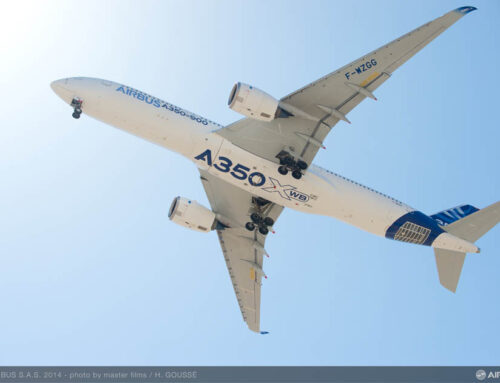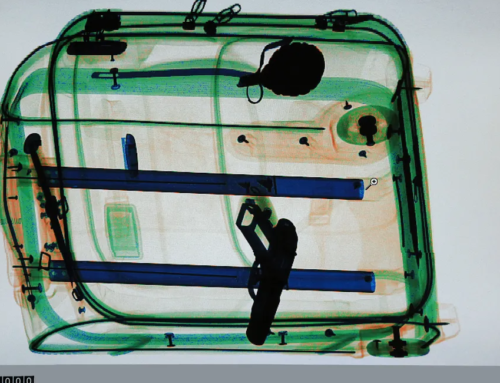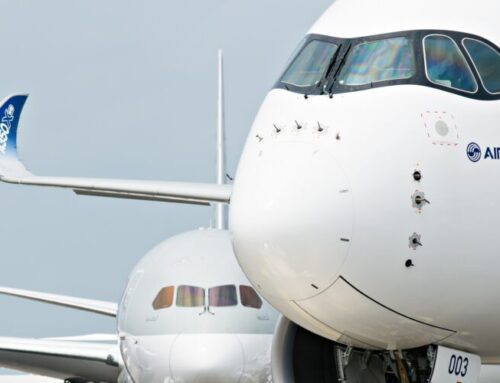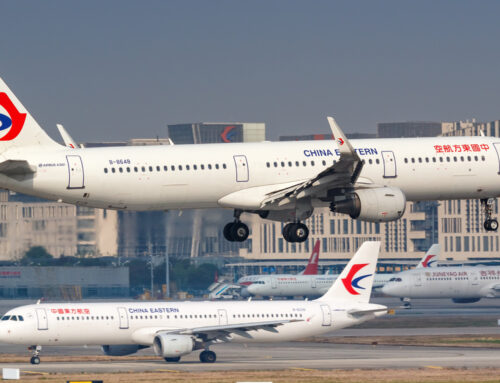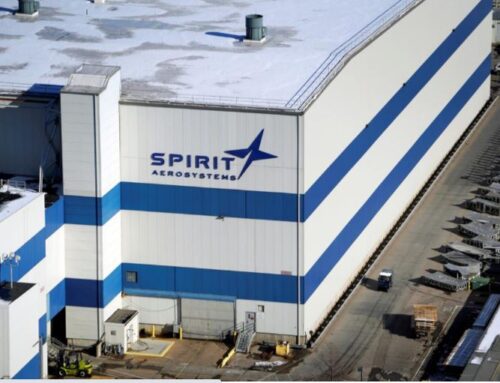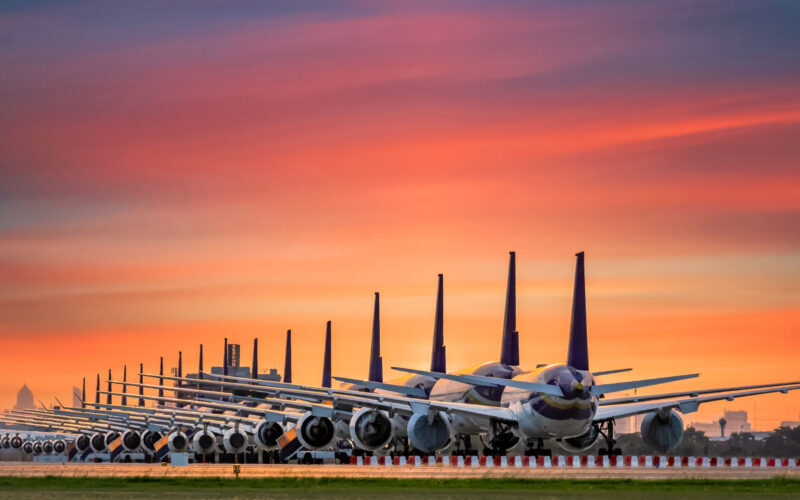
Jennifer Homendy, the Chair of the National Transportation Safety Board (NTSB), has recently criticized the media for what she perceives as an exaggeration of incidents in commercial aviation. In a series of public comments, Homendy highlighted the contrast between the attention given to minor aviation incidents and the ongoing safety challenges facing the U.S. roadway system.
The aviation industry has been under intense scrutiny, with several incidents involving commercial airlines making headlines. Notably, United Airlines has been at the center of this media storm, dealing with incidents like a wheel detaching from a 777-200 and a missing panel from a 737. Additionally, Boeing faced its own share of negative publicity following a door plug incident on an Alaska Airlines flight.
In response to these reports, United CEO Scott Kirby reached out to customers, emphasizing the airline’s commitment to safety and noting the unfortunate timing of these events.
Homendy used this opportunity to draw a parallel to the daily dangers of road travel, pointing out that approximately 118 lives are lost on U.S. roads every day without receiving the same level of public outrage or media coverage. She stated, “Our aviation system is the safest in the world,” underscoring the collective efforts of investigators, regulators, airlines, employees, and manufacturers to maintain and enhance this safety record.
She further emphasized the importance of continued work to ensure safety in the skies, while also suggesting that a similar focus on road safety could significantly reduce fatalities.
The narrative surrounding recent aviation incidents transcends the events themselves, providing critical insights and lessons for health and safety professionals and risk managers across multiple sectors. This dialogue emphasizes the importance of continuously advancing safety protocols and the necessity for a collective dedication within the industry to uphold the highest risk management standards.
Comments from the NTSB Chair highlight a growing concern within the aviation sector: the tendency for media to magnify routine aviation events. For instance, a United flight returning to the gate due to a mechanical issue made headlines in the San Francisco Chronicle, despite such events being relatively standard and usually not significant.
There is a frequent occurrence of inaccuracies in mass media reporting, coupled with a profound misunderstanding regarding the typical nature of aviation incidents. Recognizing that modern aircraft are engineered and maintained according to the highest safety criteria is crucial. Fail-safe mechanisms are intentionally incorporated to mitigate risks, aiming to minimize any adverse outcomes on passengers and crew should a malfunction occur. This perspective is vital as it addresses common concerns and misconceptions about aviation safety, providing a more nuanced understanding of the industry’s commitment to safety and risk management.
Homendy’s comments serve as a reminder of the aviation industry’s strong safety culture and the need for balanced reporting that accurately reflects the realities of air travel safety compared to other modes of transportation.
Sources: AirGuide Business airguide.info, bing.com, airlinegeeks.com

